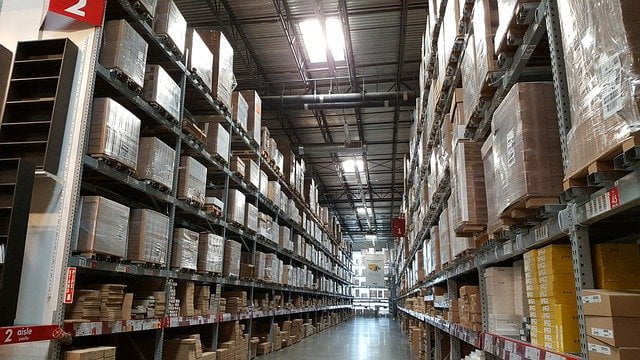High inflation: uncharted waters for supply management
With a long period of price increases possible, a proactive approach can help procurement professionals weather the storm.
A growing economy. A tight labor market. Two of the biggest telltale signs of inflation have been evident in recent months, and concerns have been further fueled by two factors: tariffs and trade turbulence stemming from the Trump administration’s protectionist policies and supply chain bottlenecks as a result of rising transportation costs and ongoing truck-driver shortages. The US inflation rate for the 12 months ending in July was 2.9 percent—the highest since February 2012.
Prices for many commodities are already on the rise, and the dynamics are in place for a potential long- term inflationary environment that would be new territory for most supply management professionals, especially with trade-war speculation showing no signs of abating.
According to Merriam-Webster, economic inflation is defined as “a continuing rise in the general price level usually attributed to an increase in the volume of money and credit relative to available goods and services.” Historically, price inflation conditions have produced increases in costs for purchased goods and services that negatively impact how much we pay. Long periods of inflation can make it seem as though there’s no limit to price increases. The last time western economies experienced double-digit inflation was more than 40 years ago in the 1970s and early 1980s.
Merriam-Webster goes on to describe the financial definition of inflation as “the rate at which prices rise and purchasing power falls. It is why something that cost $1 in 1980 cost $2.37 in 2005.”
The Institute for Supply Management® (ISM) and Kearney partnered to study how companies are responding to the current environment of increasing price inflation and likelihood of continued acceleration in inflation, using an online survey of a sample of ISM customers and members from April 5 to May 18. In all, 304 usable responses were collected. (Among respondents, 54 percent were from manufacturing industries, 43 percent were employed by organizations with revenue of $1 billion or more, and 66 percent were managers or higher.)
This inflation study integrates the practitioner network of ISM with the client experiences of Kearney to identify how companies are reacting and what supply managers can do to mitigate the impact of inflation on the prices they pay to suppliers.
Click here to read full article…







